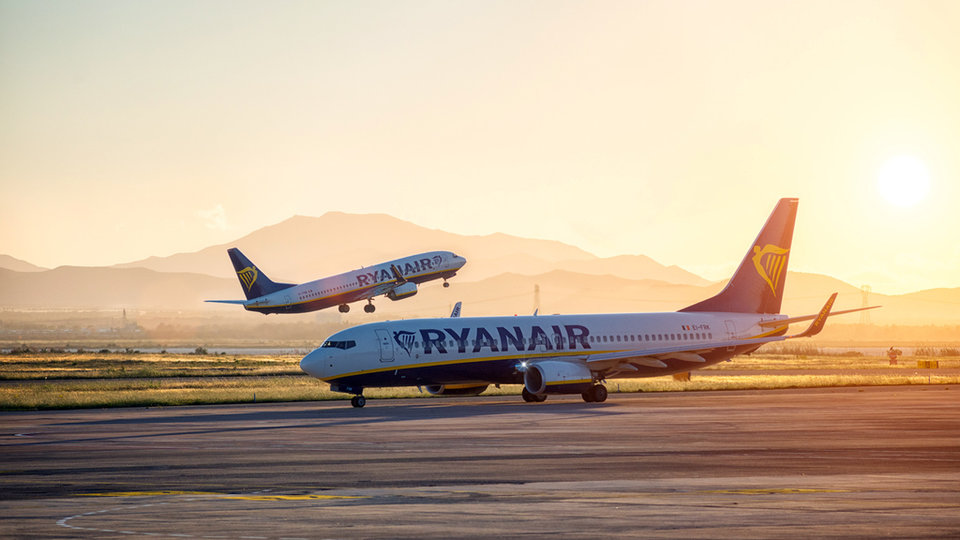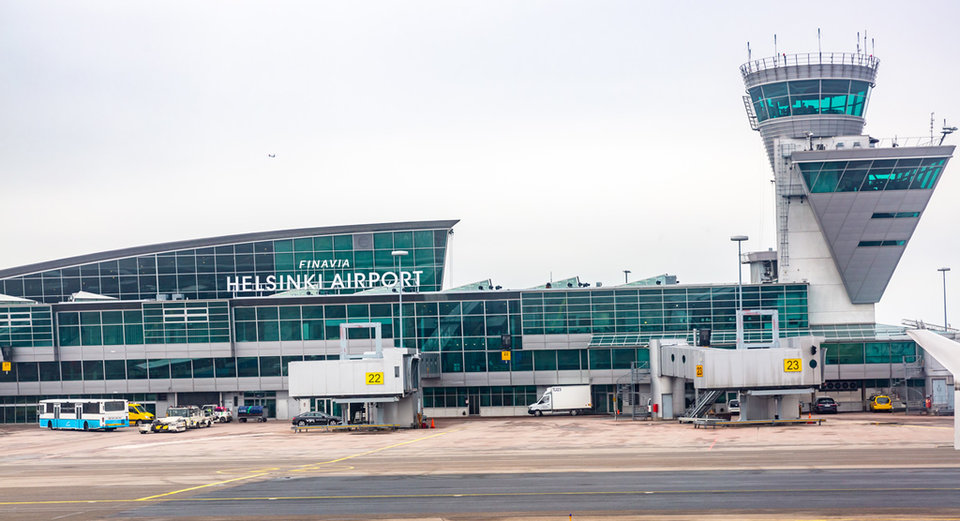Fuel
refuelling aircraft: can more be done to save carbon and cut costs?
A recent investigation by BBC Panorama revealed that some airlines still adopt unsustainable fuelling strategies in order to save money. With renewed pressure on the industry to become carbon-neutral, how can greater fuel efficiency be achieved? Adele Berti reports.
Fuel typically accounts for between 17% and 25% of an airline’s operating costs. The volatile nature of its price, however, and rising competition in the industry are making this necessary expense even costlier for airlines. The situation is forcing them to cut down expenses, often to the detriment of the environment, as a recent BBC Panorama investigation found.
Published in November 2019, it exposed the likes of British Airways (BA) and easyJet for their so-called ‘fuel tankering’ practices, which involve loading aircraft with excess fuel to save up costs.
According to a recent study by Eurocontrol, despite saving airlines an estimated $265m per year, this practice is also responsible for an extra 901,000 tonnes of CO2 emissions per year – the equivalent of 2,800 round-trips between Paris and New York.
Days after the BBC investigation, BA announced it would carry out a review of the model and look at changing its refuelling operations in the future.
But with expenses already reaching their peak, switching to sustainable operations will come at an even higher cost for the industry. With public pressure increasing on the one hand, and global competition tightening on the other, aviation stakeholders share their insights on what can be done to improve flight efficiency.
Image:
Sustainable fuelling and fuel-saving measures do exist
As the International Air Transport Association (IATA) explains, sustainable fuelling strategies are already available on the market. Through its Technical Fuel Group, the organisation encourages best practices on fuel efficiency through the industry, launching initiatives such as the Global Fuel Portal and offering a platform for companies to discuss future moves.
“Hydrant systems provide the most efficient means of delivering fuel to the gates,” explains Technical Fuel Group vice-chair Seth Dillon. “Combined with stationary carts the carbon footprint becomes almost zero for this final phase of refuelling.

Ryanair is one airline that has practiced ‘fuel hedging’. Image: Stefano Garau / Shutterstock.com
In addition, he says, “by continuing to allow fuelling with passengers/crew on-board [an airline is] able to minimise aircraft ground time, […] provided there is adequate ground support equipment available”.
As per Eurocontrol’s report, another option for airlines aiming to avoid fuel tankering is to be “fully fuel hedged at a unique price at all airports at which they operate, which some of them already aim at doing as much as possible”. A tool that has recently been gaining traction in the industry, fuel hedging is a practice whereby airlines – Ryanair being a prime example – agree to purchase fuel at a pre-established price to protect themselves from cost fluctuations.
Finally, the paper reports, “another option would be to increase the cost of CO2 allowances to a dissuasive level, or potentially equalise the tax rates on fuel”.
Hydrant systems provide the most efficient means of delivering fuel to the gates
Who is responsible for choosing different fuelling strategies?
Decisions around the efficient use of fuel and fuelling strategies are made by several different stakeholders.
“Optimising the amount of fuel required for a flight involves many complex calculations that depend on the flight path, speed, altitude, weight and various factors,” says Dan White, CEO and co-founder of Signol, a start-up that is applying behavioural science to save aviation fuel. “Airlines typically use flight planning software to take care of these calculations.”
Echoing his words, Dillon explains that ensuring efficient flying “starts long before the pilot boards the aircraft”. For example, loading and routing planning is performed by dispatchers, meteorologists, load planners and more.

Pilots already adopt a number of fuel-saving techniques before, during and after flights.
“Engineers at original equipment manufacturers and airlines work to develop the most cost-effective way to fly the aircraft from reduced power take-off and climb, to optimum cruise altitudes to continuous descent approaches, all combined to minimise fuel burn,” he continues. “The real savings are realised by the planning done in advance of every flight.”
However, White claims that the ultimate decision “lies with the pilot, who performs their own sets of calculations using their professional judgements with safety and timing in mind”.
Through these calculations, pilots can already adopt a number of fuel-saving techniques before, during and after the flight. These include reducing the number of engines during taxiing, as well as the continuous descent approach (CDA), which involves keeping the aircraft at cruise altitude when approaching a destination to then start off a continuous descent – in opposition to the traditionally more polluting step down approach.
These methods may well have scope for improvement, but White says that pilots rarely have the capacity to implement them altogether. For example, he explains, “turning off one or more engines when taxiing to the gate is only possible when the taxi-in duration is longer than the engine cool-down time”.
Optimising the amount of fuel required for a flight involves many complex calculations
Technology can make the difference
As White explains, airport and traffic controllers can make a substantial difference in supporting the adoption of these techniques.
In these regards, Helsinki Airport is leading by example, as its environmental permit is conditional on achieving a high number of aircraft employing CDA when landing at an airport. The hub’s goal is to have 70% of aircraft using CDA per day and 80% at night.
In addition, the digital age is providing more and more computer-based solutions that pilots and airlines can use to change their behaviours when it comes to fuel efficiency.
One example is CAVU Companies’ tankering calculator, a tool included in its EFB-Pro iPad app, which performs runway calculations. The technology is designed to measure savings for a one-leg trip, as well as take-off weight, temperature, speed and destination fuel prices. Meanwhile, competitor Specific Range Solutions’ AvFuelSaver app also analyses return trips, comparing the costs of tankering fuel and uploading it for each leg.

Helsinki Airport’s goal is to have 70% of aircraft landing during the day using CDA.
Signol’s platform also inserts itself in this market, having been designed to use personalised feedback and optimal management practices to make pilots more eager to consume less fuel.
The idea is the result of a trial carried out in collaboration with Virgin Atlantic in 2014. As part of the study, says White, Signol “provided pilots with consistent performance feedback on fuel-efficient tasks”, including showing them the proportion of flights for which actual fuel use was less than planned. The conclusion of the tests, which ran for eight months, is that this type of feedback can positively affect pilot behaviour and lead to improved fuel efficiency.
“Overall, the project saved Virgin Atlantic 24,000 metric tonnes in fuel (or $6.1m at 2014 fuel prices),” explains White. "For each tonne of CO2 abated, the airline received a private saving of $250.”
This gave scope to the development of a wider, personalised performance tracker, feedback and reporting software. As it works to test the feasibility of its app version, the platform is also extended to managers.
“During usability testing, we found that managers wanted a tool for running flight analysis to find correlations between behavioural factors and fuel usage,” explains White. This has paved the way for a system that allows managers to identify behavioural factors related to waste while preserving captains’ privacy.
“Managers can also use the platform to create fuel efficiency and impact reports related to behavioural correlations, with a view of taking the insights to implement fleet-wide efficiency incentives,” he concludes.
We found that managers wanted a tool to find correlations between behavioural factors and fuel usage